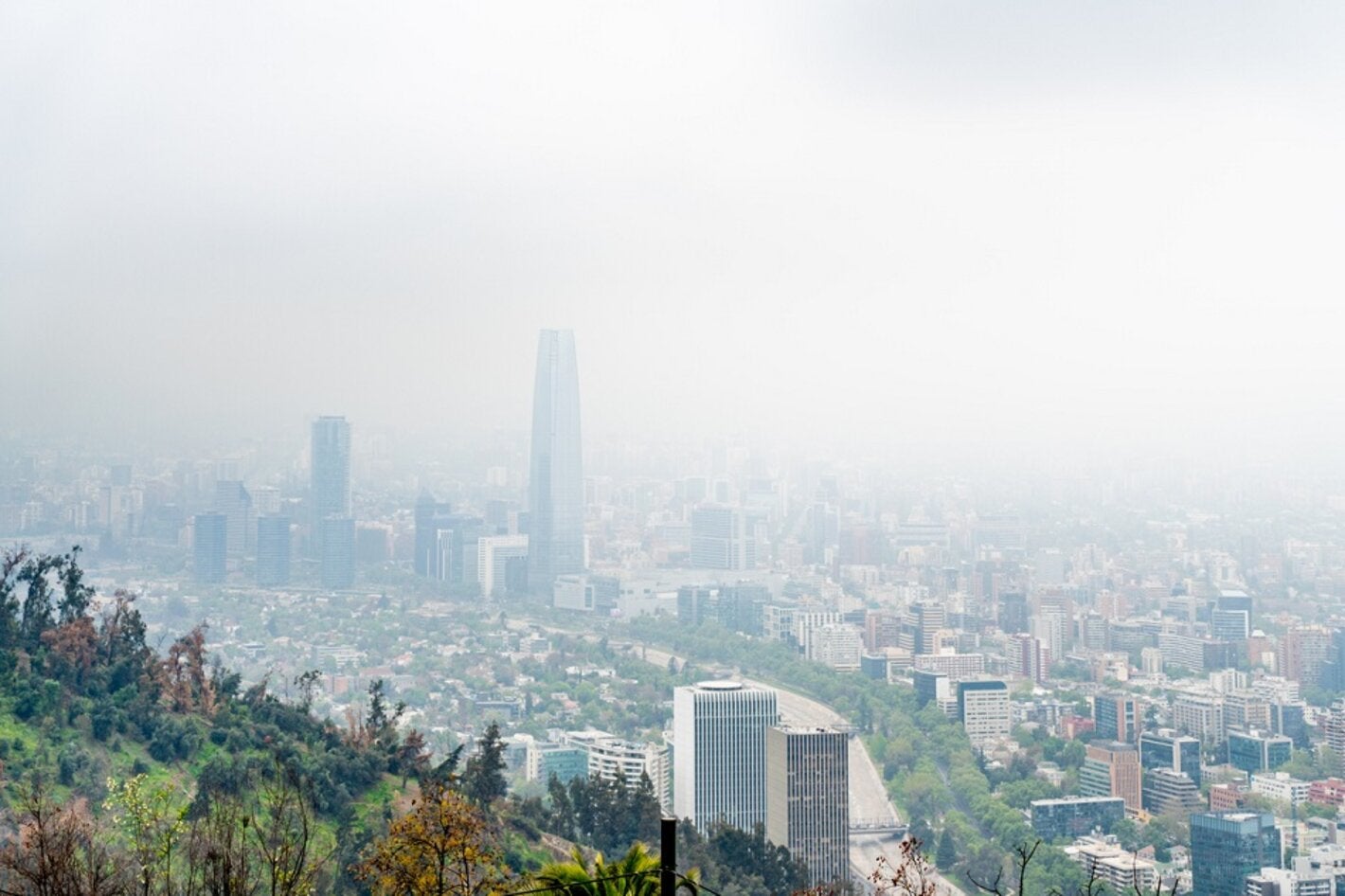
The Conference will be held March 24-28, 2025 in Cartagena, Colombia.
Washington, D.C., June 3, 2024 - The combined effects of ambient and household air pollution cause approximately 7 million deaths each year. 99% of the world's population breathes air that exceeds the WHO Guidelines, according to this Organization's data. It is low- and middle-income countries that face exposure to the highest concentrations. The Second Global Conference on Air Pollution and Health will be, in this context, a great opportunity to present the region's progress in the initiative to eliminate the use of polluting fuels in homes and in the actions developed to address air pollution as a risk factor for non-communicable diseases. The Conference will be held in Cartagena, Colombia, from March 25-27, 2025.
The event, which includes pre- and post-conference sessions on March 24 and 28, will bring together ministers of health, environment and energy, as well as officials from national, intergovernmental and development agencies. The Second Conference aims to highlight solutions needed to reduce ambient air pollution and lack of access to clean household energy, strengthen policy and technical cooperation among stakeholders, as well as help catalyze evidence-based, multi-sectoral actions in cities, countries and regions aimed at preventing disease, saving lives, improving public health, boosting sustainable economic development and mitigating climate change.
Colombia, as a co-host country of the Conference, is also one of the regional leaders for air pollution response. In 2023, the country hosted the first AirQ+ regional expert group meeting and is advancing a broad application of the tool in the country.
367,000 deaths per year from air pollution in the Americas
Air pollution is one of the main environmental risk factors for noncommunicable diseases and exposure to these pollutants can weaken the immune system, making people more susceptible to communicable diseases. It has been shown, for example, that exposure to household air pollution causes noncommunicable diseases such as stroke, ischemic heart disease, chronic obstructive pulmonary disease (COPD) and lung cancer. In addition, the use of biomass for cooking and exposure to fumes and particulate matter is associated with respiratory infections and inadequate living conditions, which exacerbate the burden of disease from noncommunicable diseases in the region.
In the Americas, 367,000 deaths are caused by air pollution each year, and there is growing evidence linking ambient and household air pollution to various health problems.
PAHO's response to this problem is strong: it is necessary to reduce inequities and the burden of disease attributable to air pollution. To this end, the elimination initiative includes the elimination of biomass for cooking as one of the environmental health risk factors. Thus, PAHO's Departments of Social and Environmental Determinants for Health Equity and Noncommunicable Diseases are joining efforts to reduce exposure to air pollution as one of the risk factors for noncommunicable diseases.
Both PAHO departments, together with the country offices, lead the development of integrated roadmaps on air quality, mitigation of short-lived climate pollutants and health at the national and local levels. In addition, PAHO has worked in coordination with the countries in the development or adjustment of air quality and health regulations; in the implementation of health impact assessment tools, such as BARHAP and AirQ+, with example exercises such as those carried out in Quito and Barranquilla; and in capacity building through the region's AirQ+ Expert Group, among other actions.
PAHO calls on the entire community of the Americas to actively collaborate in promoting solutions to improve air quality and to join this global effort to protect the health and well-being of our communities. Everyone's participation is essential to achieve cleaner and healthier air for future generations.



